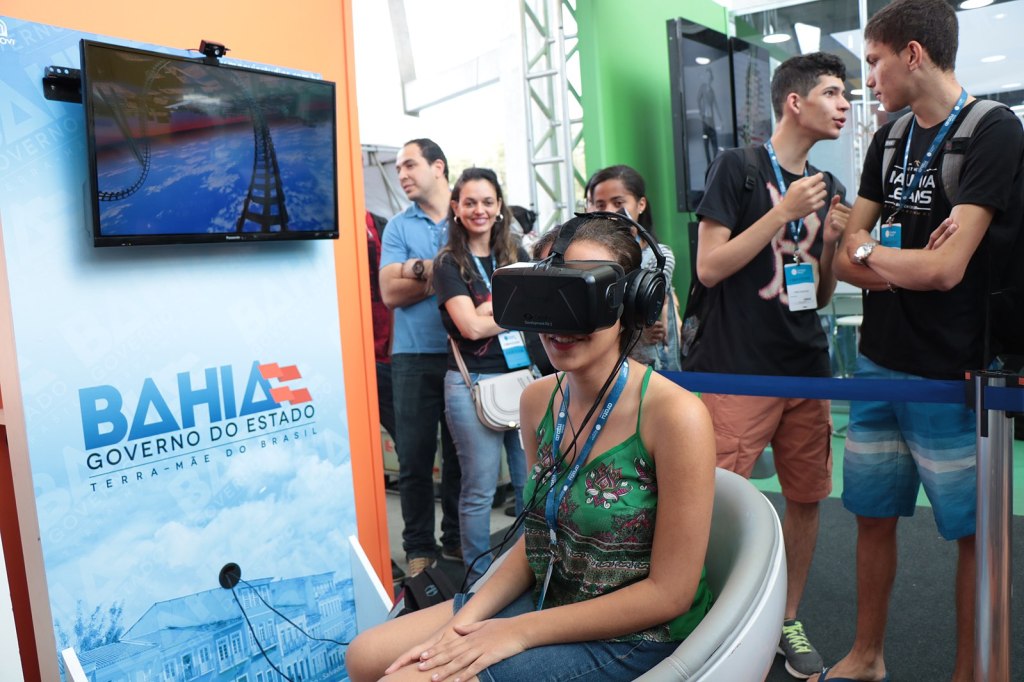In the Atlantic, Helen Lewis reports on a strange phenomenon: A larger percentage of Tourette patients around the world have been experiencing “acute-onset tic-like behaviors.” How is this happening at the same time? Social media:
The global community of Tourette’s researchers is tight-knit, and as they talked it became clear that a shift in patients and symptoms was happening all over the world, at the same time. Before the pandemic, 2 to 3 percent of pediatric patients at the Johns Hopkins University Tourette’s Center, in Baltimore, had acute-onset tic-like behaviors, but that rose last year to 10 to 20 percent, according to the Wall Street Journal. Texas Children’s Hospital reported seeing approximately 60 teenagers with sudden tics between March 2020 and the autumn of 2021, compared with just one or two a year before that.
At an online conference last October, doctors in Canada, France, the United Kingdom, and Hungary pooled their knowledge. They had all seen an increase in patients with this unusual form of tic disorder. One teenager came from the Pacific archipelago of New Caledonia, which France once used as a penal colony; another came from the tiny South Atlantic island of St. Helena, to which Britain sent Napoleon for his final exile. “Very remote locations,” Andreas Hartmann, a consultant neurologist at the Pitié-Salpêtrière Hospital in Paris, told me via email. ‘Yet accessible to TikTok, YouTube, and Instagram.
Four months before the clinic in Hannover saw its first new-style patient, a twenty-year-old German man named Jan Zimmermann had launched a YouTube channel called Gewitter im Kopf, or “Thunderstorm in the Head.” That’s how he describes living with his socially inappropriate, visually arresting symptoms: blurting out obscene words, throwing food, trying to nibble his friend Tim. In the past, he has set off fire alarms, pulled the emergency brake on the train, and once asked a cross-eyed HR manager, “Is the wall more interesting than me?”
Zimmermann now has two million YouTube followers and a bespoke app that allows users to download his “best tics” as sound files. On his merchandise page, you can buy hoodies, mugs, and a €25 doormat emblazoned with one of his most common sayings: Du bist heute besonders hässlich, or “You are particularly ugly today”—nearly the same phrase that kept coming out of Müller-Vahl’s patients.
It’s no surprise that social media rewards bad behavior (depending on the behavior, of course). It is also incredibly harmful to teenage girls in particular, as the Wall Street Journal’s big report on Facebook and Instagram showed. Thomas D. Lehrman and Brad Wilcox argue that parents must give signed permission for their children to go on school field trips. The same should be required for children to use Instagram or TikTok.
Meanwhile, Facebook is going all in on its virtual reality headset, Quest 2. They are pitching it as a great tool for education, work and the arts. But the real market is children and teens. Experts are concerned:
One 2008 study found that adults experiencing virtual reality were able to use their prefrontal cortex to regulate what their brains were processing. Children, however, were not — and therefore couldn’t always tell the difference between what was happening in a virtual world and what would happen in real life.
“Their prefrontal cortex is far from being fully developed at this age,” says Thomas Baumgartner, a neuroscientist at the University of Zurich and author of the study. As the worlds become even more immersive and realistic, the line between virtual and reality will be even harder for children to grasp.
Pearlman agrees, and worries that kids spending too much time in a virtual environment could even form memories based on virtual experiences. Children could form unrealistic expectations of what reality — say, their bodies or their houses—should look like, and also lose real-world social skills.
In other news
Bryan Garner (of Garner’s Modern English Usage) writes about the Oxford English Dictionary’s practice of adding occasional usage notes and his relationship with Robert W. Burchfield, chief editor of the Supplement to the Oxford English Dictionary.
Will the real David Mamet please stand up? “Sexist, bigot, fascist, racist, misogynist — all are accusations that have been leveled against Mamet over the course of his career, with greater or lesser degrees of accuracy. It is doubtful that he cares. But this new persona that he has adopted, of paid-up Trump supporter and grouchy liberal-baiting hard man, may or may not be the ‘real’ David Mamet, however convincingly he appears to present himself.”
Mario Salcedo has lived on a cruise ship for over twenty years. Watch this ten-minute short about his decision and his life on board.
I respond to an article in the Wall Street Journal claiming that today’s popular music is increasingly original. Humbug: “I could be wrong, but if you have to use half rhymes to tell ready-made stories in ready-made language, you’re probably not a genius.”
Barry Strauss reviews Guy MacLean Rogers’s For the Freedom of Zion: The Great Revolt of Jews Against Romans:
Jews launched three major revolts against Rome within seventy years: two in the province of Judea, the Great Revolt (66–74 AD) and the Bar Kokhba Revolt (132–35 AD), and a third, the Diaspora Revolt or Kitos War (115–17 AD), which ranged from Libya to Mesopotamia and in which the involvement of Judea is debated but likely. Five Roman emperors or future emperors took part in putting these revolts down: Nero, Vespasian, Titus, Trajan, and Hadrian. This is to say nothing of lesser Jewish rebellions before 66 that were suppressed sharply and swiftly, sporadic rural violence, or later revolts that have left less of a mark on the historical record (e.g., the Gallus Revolt of 351–52 AD). The Great Revolt is the most famous of these rebellions, although the others are no less poignant. (Consider, for example, Bar Kokhba’s bloody last stand at Beitar.) Jews lost all three revolts, with devastating results: death, enslavement, devastation, exile, the loss of most of the Jewish homeland, humiliation, and financial burdens. But the Great Revolt in particular is remembered for three reasons.
Carnegie Hall cancels appearances by pro-Putin musicians: “Concert appearances by Russian conductor Valery Gergiev, a close associate of Russian President Vladimir Putin who had been scheduled to lead the Vienna Philharmonic in three performances this weekend, are not taking place at Carnegie Hall as originally scheduled.”
Typing Mrs. Dalloway:
Several years ago, I prepared an edition of Mrs Dalloway for Broadview Press. In the first instance, I was responsible for choosing an edition of the novel and digitizing it. The Hogarth Press and Harcourt Brace editions appeared at the same time, both produced under Woolf’s direction, although from different proofs. There are some minor, though not insignificant, differences between the two. As E.F. Shields puts it in her exhaustive essay on “The American Edition of Mrs Dalloway” (1974), “both … can legitimately claim to be authoritative first editions.” For sentimental reasons I chose the Hogarth Press edition. The usual practice is to use OCR (optical character recognition) software: scanning the book page by page and then running the software to convert it into a Word document. This has the advantage of speed, but it has an accuracy rating of between 81 and 99 percent, depending on the source material. In other words, what you gain in speed you lose in painstaking proofreading and correction. I chose to enter the text the old-fashioned way, by typing it in myself.
That is Jo-Ann Wallace, and she explains what she learned from the experience in the latest London Review of Books.

























